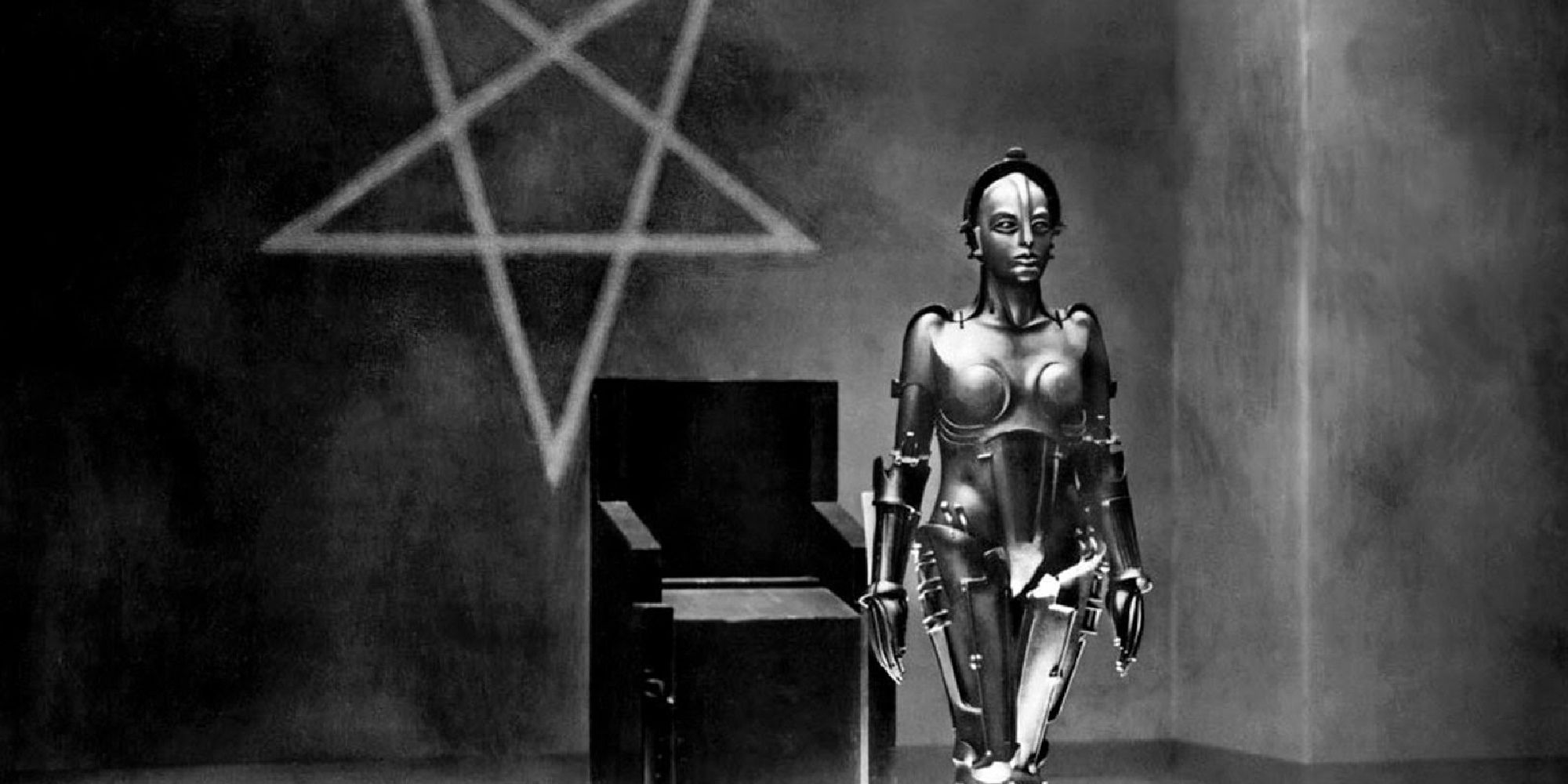Even if you've never seen a movie directed by Fritz Lang, you've undoubtedly seen a movie that was heavily inspired by the legendary Austrian filmmaker. He worked as a director for just over 40 years, directing some of the greatest silent movies of all time in Germany throughout the 1920s (many written by his then-wife, Thea von Harbou) before fleeing the country in the 1930s, and then working as a prolific director in Hollywood for about a quarter of a century.
During his time making films, there was no genre that Fritz Lang was afraid of touching, and it's meant that his fantastic body of work proves influential to a range of movies, including sci-fi films, thrillers, film noir movies, action films, horror, and crime/gangster movies. What follows are some of his very best films, with plenty holding up to this day as masterpieces, despite them all being multiple decades old now. They're ranked below, starting with the very good and ending with the all-time classics.
20 'The Tiger of Eschnapur' (1959)
By 1959, Fritz Lang was nearing 70 years old, and his filmmaking output was winding down to some extent. Though his final film came in 1960 (The Thousand Eyes of Dr. Mabuse), the two-part epic that begins with The Tiger of Eschnapur feels like it could serve as a grand finale for Lang's work as a whole.
It's certainly grand, with the two films together running for a lengthy 198 minutes. They ought to be watched fairly close together, too, because this first part - setting up the dramatic love triangle between a dancer, a German architect, and an Indian prince - really only can serve to tell half the story, if that.
19 'The Indian Tomb' (1959)
The Indian Tomb follows right on from The Tiger of Eschnapur, coming out the same year and telling the second part of the story which is sometimes known as Fritz Lang's Indian Epic. The mix of melodramatic romance and pulpy adventure continues, with the dancer and architect both trying to flee from the prince and his pursuing forces.
Taken as a whole, the two movies in the Indian Epic duology are easy to admire, certainly have memorable sequences, and notably stand out for being shot in color while the majority of Lang's films are in black and white. They haven't aged perfectly, and the length means things drag a little in places, but the two films are still impressive achievements, especially considering how late they came in Lang's career.
18 'Clash by Night' (1952)
To most viewers, the thing about Clash by Night that would jump out the most is that it features Marilyn Monroe in a supporting role, and was released one year before films like Gentlemen Prefer Blondes and How to Marry a Millionaire made her an even bigger star. But for Fritz Lang fans, the film might stand out for not really exemplifying any genre, besides perhaps drama, broadly.
There's a little romance here, but it's an unusually straightforward melodrama when compared to the other films in Lang's body of work, seeing as they often functioned as crime movies, sci-fi movies, adventure films, or examples of the film noir genre. As a straightforward drama about living life and the ups and downs of love, Clash by Night is pretty solid, albeit not nearly one of the most memorable of Lang's movies.
17 'Secret Beyond the Door' (1947)
Speaking of drama of the "melo" variety, Secret Beyond the Door kicks off more like a thriller/film noir sort of movie, but does find itself becoming more of a melodrama as it goes along. It's about a woman getting into an abrupt relationship with an older man, only to find he has some kind of dark past, the evidence of which he keeps stored in mysterious rooms inside his large house.
It unfolds at a slow pace, but does ultimately benefit from being very atmospheric and having the typically strong visual style one would expect from a Fritz Lang movie. It gets the job done and holds up nicely for its time, though isn't nearly one of the very best titles Lang directed during his second phase, so to speak, as a filmmaker (the Hollywood films done after leaving Germany).
16 'While the City Sleeps' (1956)
The premise of While the City Sleeps sounds fairly ordinary at first, given at its most basic, it's about a serial killer on the loose, and the hunt to find the person responsible. Yet the angle it takes to exploring this tried and true plot line is what makes things a little more interesting, given the main characters here all work for a newspaper, and are competing to find the killer first.
It ends up being a pretty well-paced and constantly engaging movie, even if the whole mystery part is downplayed, leaving little intrigue to the investigation, and more hoping audiences will find the competition to identify the killer suitably exciting. It's an interesting early critique of the media, and a solid exploration of how morbid stories attract both journalists and readers of news.
15 'Ministry of Fear' (1944)
Ministry of Fear is a gripping thriller film made during World War II, and set during the global conflict, too. Its main premise concerns a man who's been released from an asylum after two years, and finds the world outside to be dizzying and paranoia-inducing, even more so when he comes into contact with a shadowy spy ring.
For those who like Alfred Hitchcock movies where a protagonist is constantly out of their depths and second-guessing everything, Ministry of Fear should satisfy. It keeps the paranoia high, and the pace pretty fast, getting by thanks to its style and unwillingness to drag anything out, even if the core premise and the screenplay might not be particularly amazing or engrossing by thriller/film noir standards.
14 'Destiny' (1921)
One of Fritz Lang's earliest silent film classics was 1921's Destiny, which is now more than 100 years old. Despite its age, it still has plenty to offer, even if quality-wise, it might fall just a tiny bit shy of the other classic silent films Lang directed (he truly made some of the all-time best, as will be demonstrated below).
Its premise sees a young woman encountering Death, and then Death itself telling her three different stories, all of which are visually depicted to the audience. It's an eerie and certainly inventive movie, with Fritz Lang playing around with certain fantasy - and even some mild horror - tropes to great effect.
13 'You Only Live Once' (1937)
You Only Live Once is a crime/drama movie that feels like a precursor to the film noir genre, though it also has a story that contains a good deal of romance. It's only 86 minutes long and feels rather straightforward, with its premise seeing a desperate couple getting in trouble with the law, and then living their lives on the run from lawmen in pursuit.
It's not a direct retelling of real-life Depression Era figures Bonnie and Clyde, but it was loosely inspired by their exploits. It's a movie that feels pretty boundary-pushing for something released during the 1930s, and is also notable for being one of Henry Fonda's first movies, with the actor going on to become legendary thanks to roles in films like 12 Angry Men and Once Upon a Time in the West.
12 'Woman in the Moon' (1929)
By 1929, talkies had already been around for two years, and silent films were on the way out. As such, Woman in the Moon ended up being the final silent movie Fritz Lang ever directed, but it was a truly radical and impressive science-fiction epic in every way, meaning the silent film era of Lang's directorial career certainly went out with a bang.
It's a film that aimed to depict a trip to the moon with as much scientific accuracy as was possible back in the 1920s, and notably came out exactly 40 years before humanity did actually set foot on the moon. It didn't predict everything correctly, but some of it is surprisingly accurate, and it's also just a fun, emotional, and well-paced epic to boot, making it arguably Fritz Lang's most underrated movie.
11 'Fury' (1936)
Between leaving Germany in 1933 and beginning his career directing in Hollywood, Fritz Lang made a single French fantasy film called Liliom. This makes 1936's Fury his first American film, and it was a seriously strong English-language debut, being an engaging crime/drama movie about a man arrested for a crime he didn't commit.
Considering it was his Hollywood debut, Fury is a remarkably strong film, and one that tells a serious story well throughout its brisk 92-minute runtime. It also benefits from having Spencer Tracy in the lead role, being committed as always and really delivering when it comes to selling the fear and stress his character is experiencing.
10 'Spies' (1928)
It might well be the case that any spy/espionage thriller released since 1928 owes something to Fritz Lang's Spies, which ended up being his penultimate silent film. It runs for an impressively long 2.5 hours, and drags very little throughout that time, telling a complex story about a mastermind spy clashing covertly with secret service agents within a government body.
There's a great deal more to it, when it comes to the specifics of Spies, and like some espionage films, it can feel overwhelming at times. Yet things come together well over the course of its runtime, and it ends particularly strong, making the whole journey worth it. It's filled with some creative action scenes, plenty of suspense, and even some solidly executed romance stuff, making it a successfully ambitious movie with a great deal to offer.
9 'The Woman in the Window' (1944)
By 1944, Fritz Lang seemed to have gotten the hang of directing movies in America, and this enabled him to make something as confident and compelling as The Woman in the Window. It's a capital-F film noir movie, having a premise that involves a woman seducing a hapless older man and getting him involved with committing a violent crime.
At that point, things naturally spiral out of control, and in typical film noir fashion, consequences come to those who've done wrong. It's straightforward and absolutely executes what it sets out to do, with Edward G. Robinson excelling in the lead role as an oftentimes foolish middle-aged man totally out of his depths.
8 'The Big Heat' (1953)
Of all the movies Fritz Lang directed in the 1950s, the best would have to be The Big Heat, which would also rank among the greatest crime films of its time. Its story focuses on a hard-nosed cop who decides he wants to take on a very powerful crime syndicate with political ties, which naturally leads to him facing an uphill battle in delivering justice to any of his intended targets.
Given the set-up and the hardened nature of it all, it's also possible to classify The Big Heat as a film noir movie, and one of the better ones out there at that. It deals with topics surrounding crime, corruption, and the ethics of justice in a surprisingly strong way for a movie of its decade, and continues to hold up well to this day as something of a 1950s classic.
7 'Die Nibelungen: Siegfried' (1924)
Those who've never seen a silent film before might well find it worth checking out Die Nibelungen: Siegfried to see just what dialogue-free films could be capable of. This film stands as the first half of an overall epic known as Die Nibelungen ("The Nibelungs"), with Fritz Lang directing both parts and releasing the two in 1924.
Siegfried's the longer of the two, at just under 2.5 hours, and focuses on the titular Siegfried: the son of a king who goes on a grand adventure to arrange the marriage of his sister, Kriemhild. It's one of the best fantasy films of the silent era, and similar to other classic silent movies Lang directed, it's very easy to see how Die Nibelungen: Siegfried proved influential on future movies within its genre.
6 'Die Nibelungen: Kriemhild’s Revenge' (1924)
As the title likely makes very apparent, Die Nibelungen: Kriemhild’s Revenge follows on from the first half of Die Nibelungen. The title does ultimately suggest what may happen at the end of Part 1, given it tells viewers that the sister of the hero from Siegfried is out for vengeance, and appropriately, she is the central character this time around.
It's hard to separate it from the first quality-wise, given both are very strong and impactful silent movies that tell one coherent and epic story. It is to the overall story's benefit that this second half focuses on a different protagonist, and also emphasizes more grounded battles and warfare over the more fantasy-heavy first half. At the end of the day, both halves of Die Nibelungen are great, and add up to form one of silent cinema's most compelling epics.
5 'Dr. Mabuse, the Gambler' (1922)
Running for a whopping 271 minutes, Dr. Mabuse, the Gambler holds up as one of the longest crime movies of all time. It's incredible that it was made by Fritz Lang just a few short years into his directing career, as it's such a monumental - and expertly crafted - film that feels as though it was made by someone with many more years of experience.
It uses its runtime to tell a complex plot with numerous side characters, though the two central figures are the titular criminal mastermind, Dr. Mabuse, and a Police Commissioner who's consistently on his tail. It's a dizzying and ambitious movie, and though it might be best watched by those already familiar with silent cinema, it's nevertheless a bold and extremely impressive film that's somehow now more than a century old.
4 'Scarlet Street' (1945)
When it comes to picking the best English-language movie of Fritz Lang's career, it's fairly easy to single out the excellent Scarlet Street as a Hollywood highlight. Released just one year after The Woman in the Window, it saw Lang return to the film noir genre with a vengeance alongside some of the same cast from that 1944 film, including stars Edward G. Robinson and Joan Bennett.
As a genre, film noir doesn't get much more iconic or classic than this, with an expertly told story surrounding the drastic things a hapless man agrees to do, simply because he loves a woman who doesn't feel the same way towards him. It's all perfectly tense and filled with crushing inevitabilities, functioning just how the film noir genre's supposed to while also simply being a well-acted, well-shot, and very entertaining movie.
3 'The Testament of Dr. Mabuse' (1933)
A sequel to his 1922 crime epic, The Testament of Dr. Mabuse is a leaner, more efficient, and arguably better follow-up to what was already a classic. Here, Fritz Lang was able to continue the story revolving around Mabuse and his criminal empire with dialogue (which he still didn't use too often within this film), which helps deliver information faster while allowing the movie to be a good 2.5 hours shorter than the epic it follows on from.
It's a dazzling crime/thriller for its time, and is filled with engaging visuals, a persistently eerie tone, and some solid plot twists. It's also notable for being controversial upon release in Germany, standing as the final film he made there before fleeing while containing content that didn't sit well with a certain political group that had just seized power over the country...
2 'M' (1931)
M was Fritz Lang's first movie since the silent film Woman in the Moon, and any doubts surrounding whether the director could sufficiently transition into making talkies were immediately dispelled by this film. M is, quite simply, a timeless masterpiece within the thriller genre, following a dramatic police hunt for a dangerous serial killer whose horrific crimes have disrupted life for everyone living in Berlin.
Those watching M for the first time more than 90 years after it came out might be expecting the film to approach the premise in a way that's a little dated or hokey, but everything about this film holds up scarily well. There's a reason it's held in such high regard, standing to this day as one of Lang's most well-known movies, one of his overall best, and arguably one of his most influential.
1 'Metropolis' (1927)
For as good as M is, there's another Fritz Lang classic that starts with "M" and is somehow even better: 1927's Metropolis. This is essentially the sci-fi movie of the silent era, and one of the most important within the genre's history, telling an epic and emotional story about a futuristic city that's a utopia for the rich and a living nightmare for the poor, leading to the latter starting a revolution so they can overthrow those who benefit from their misery.
Few, if any, silent movies hold up quite as well as Metropolis, with its central themes about class inequality still ringing regrettably true, and its story remaining compelling, even with its cast of fairly straightforward characters. It's also incredible from a technical perspective, with Metropolis having a sense of scale and use of special effects that were groundbreaking for their time, leading to a movie that honestly still looks good when watched today. Metropolis is an untouchable cinematic classic, and therefore stands out as the best movie Fritz Lang ever directed.


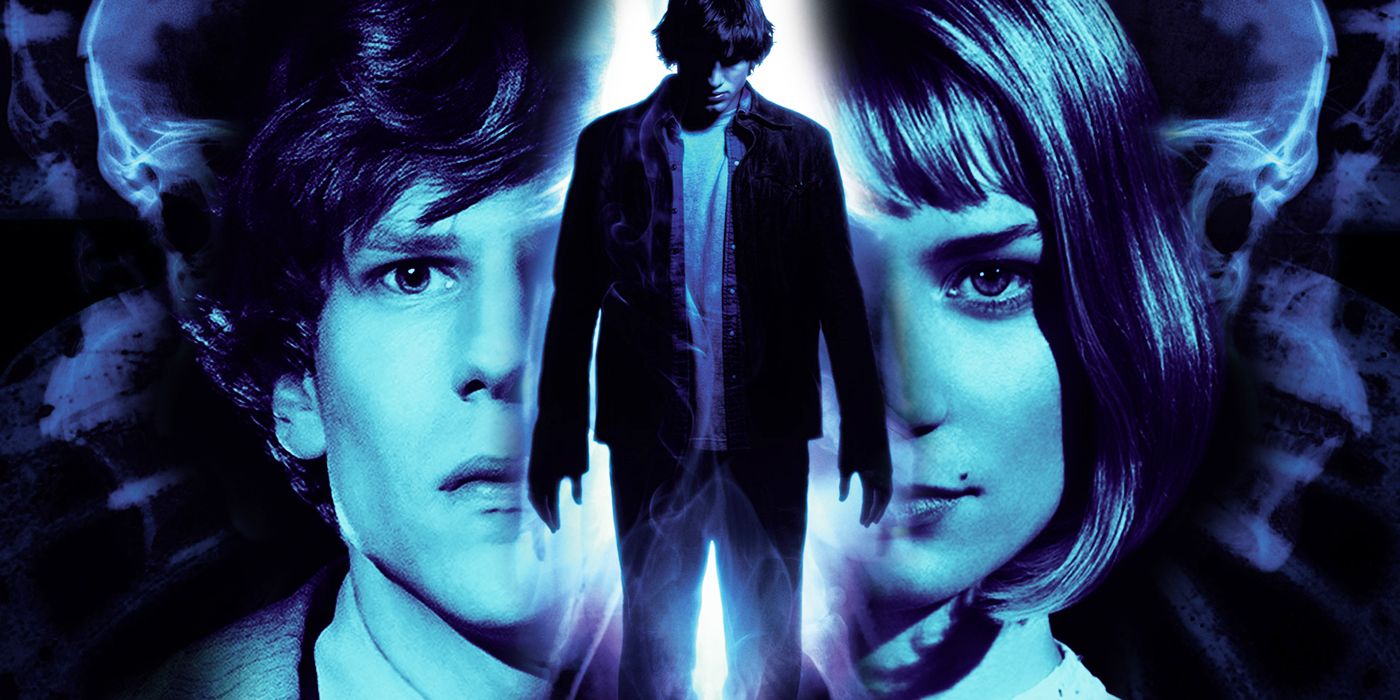
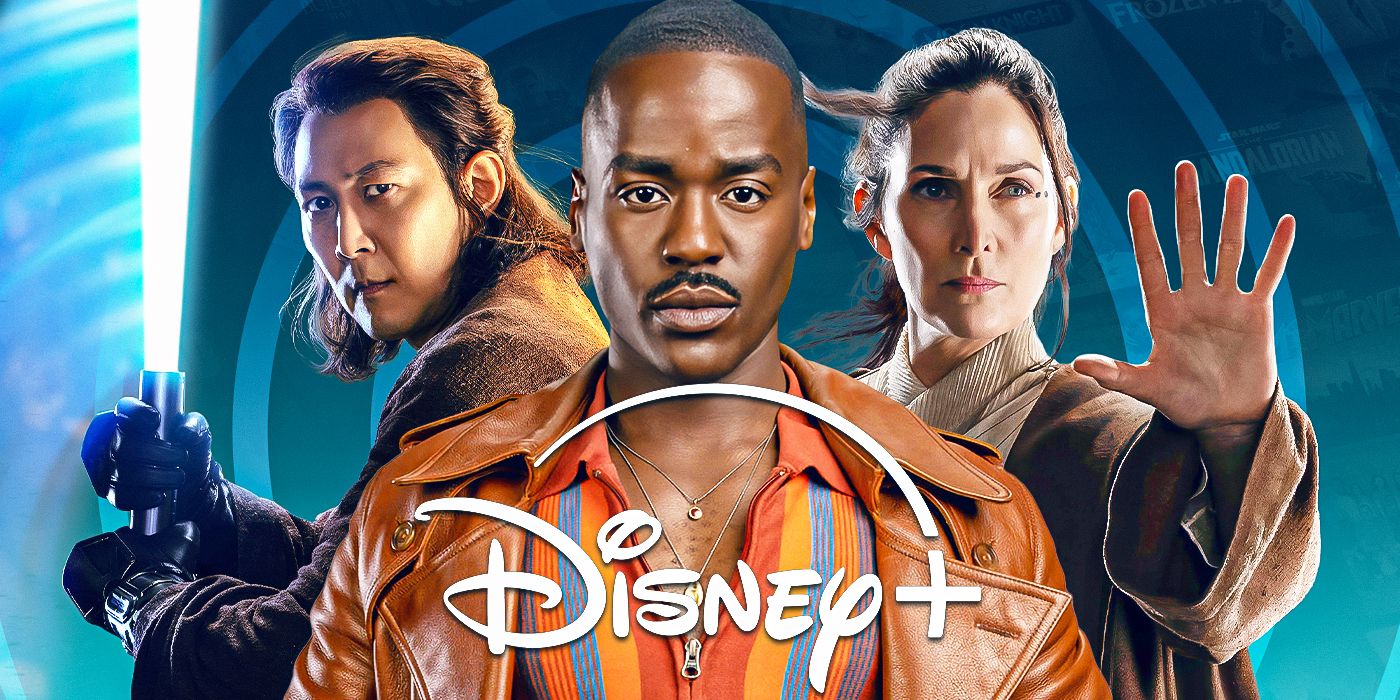
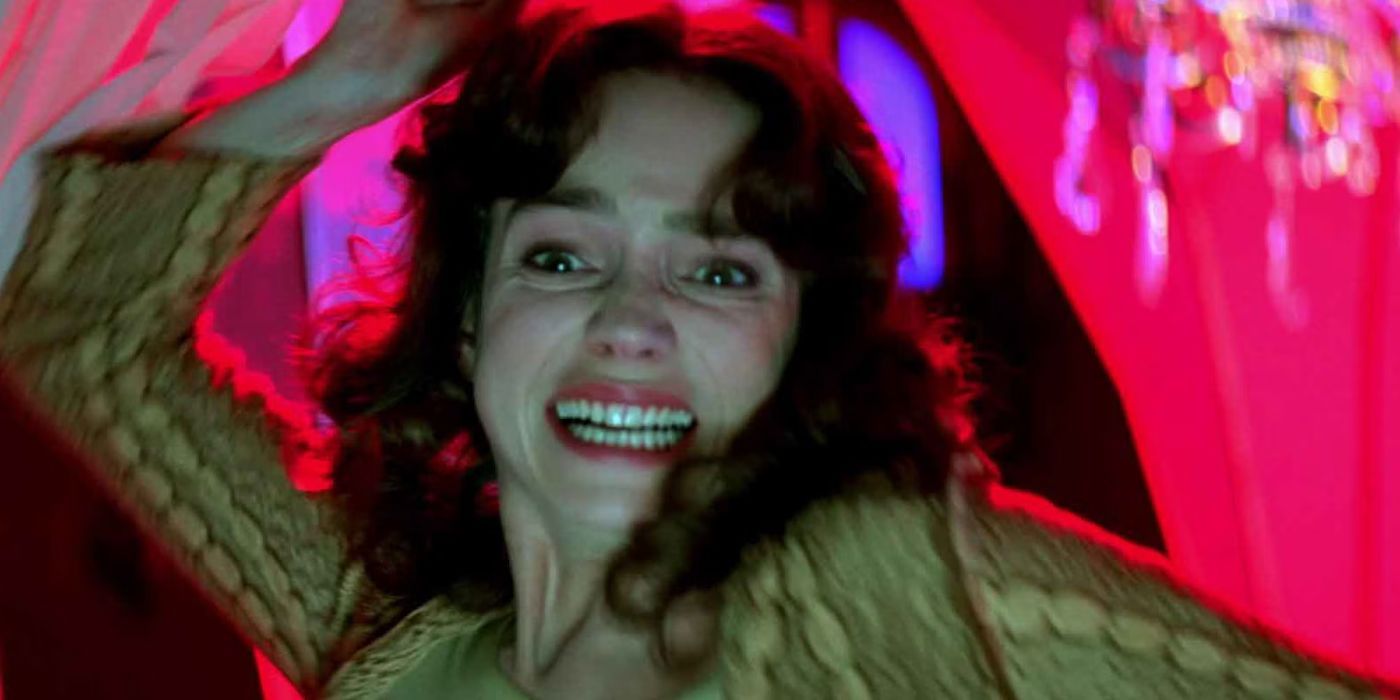
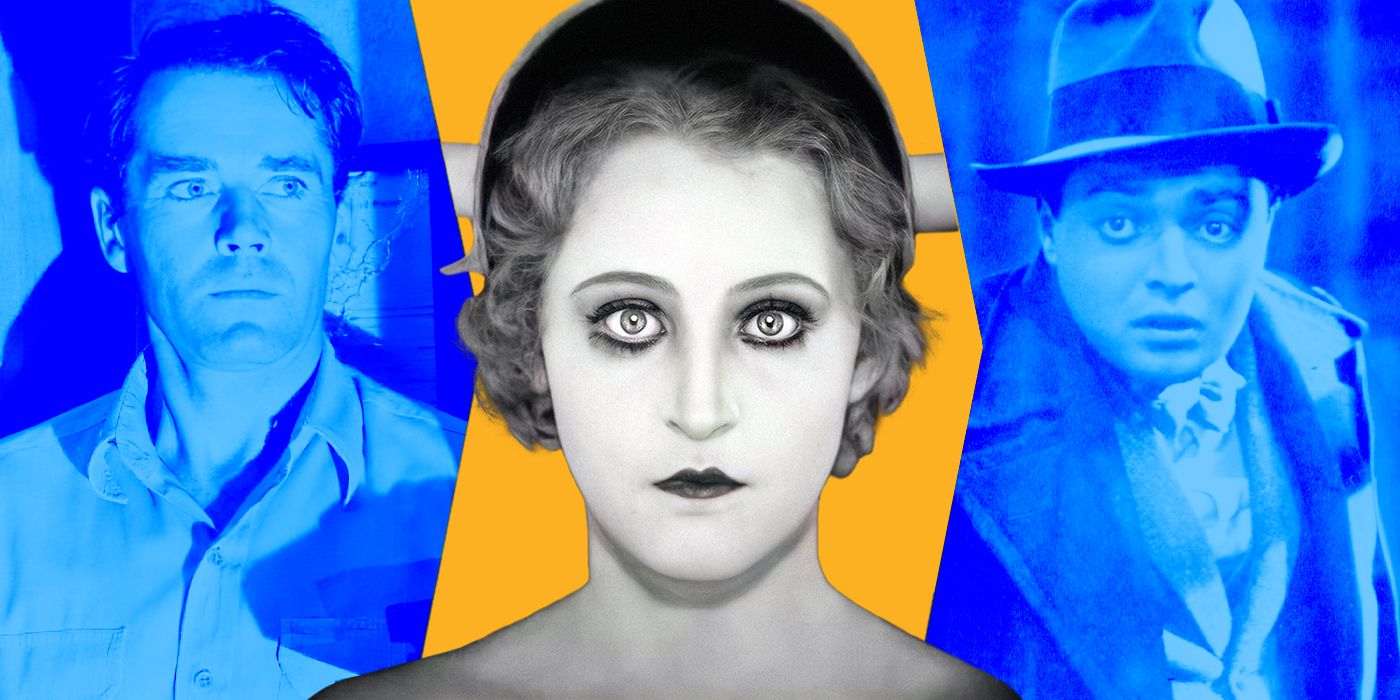
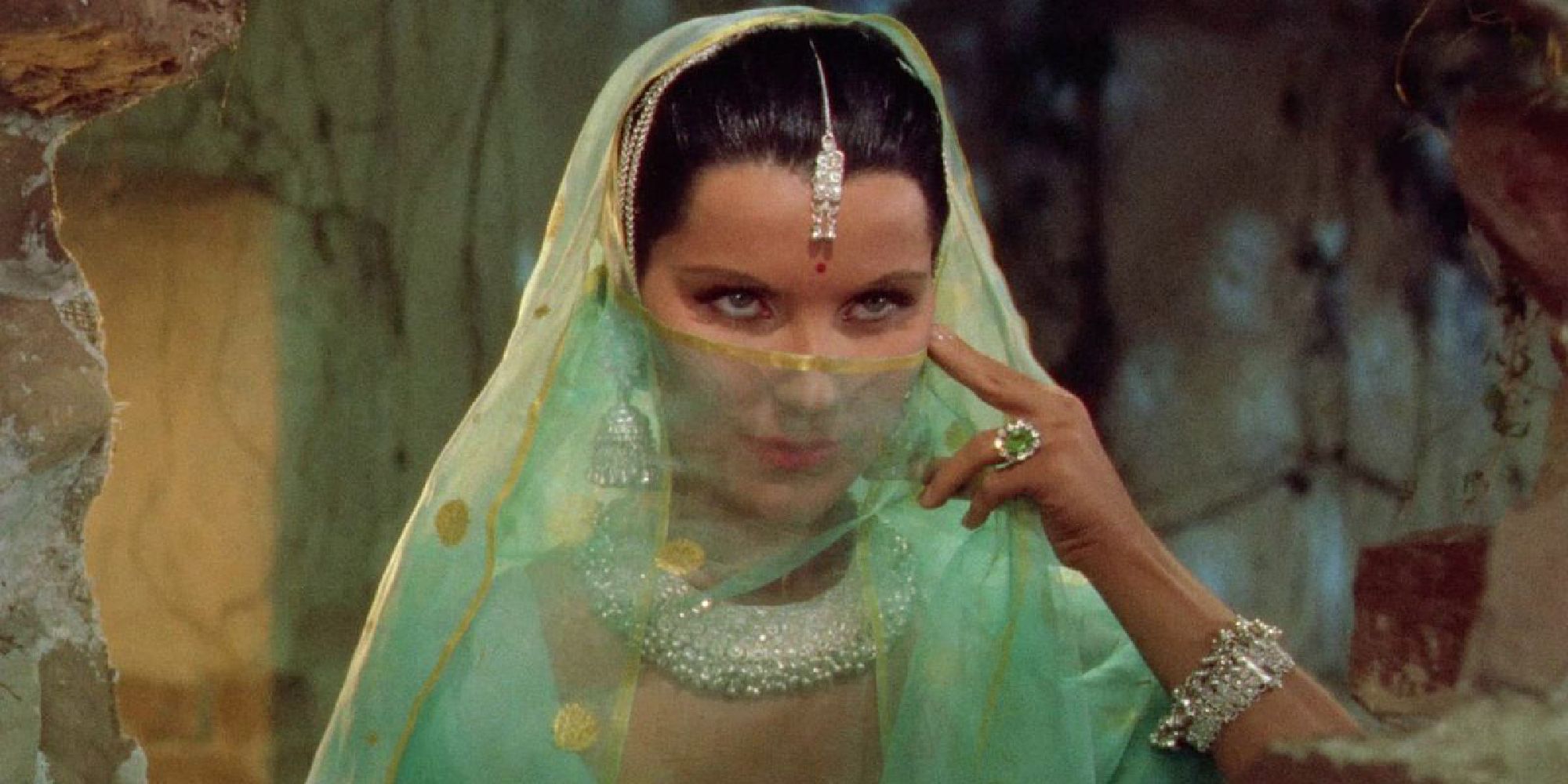
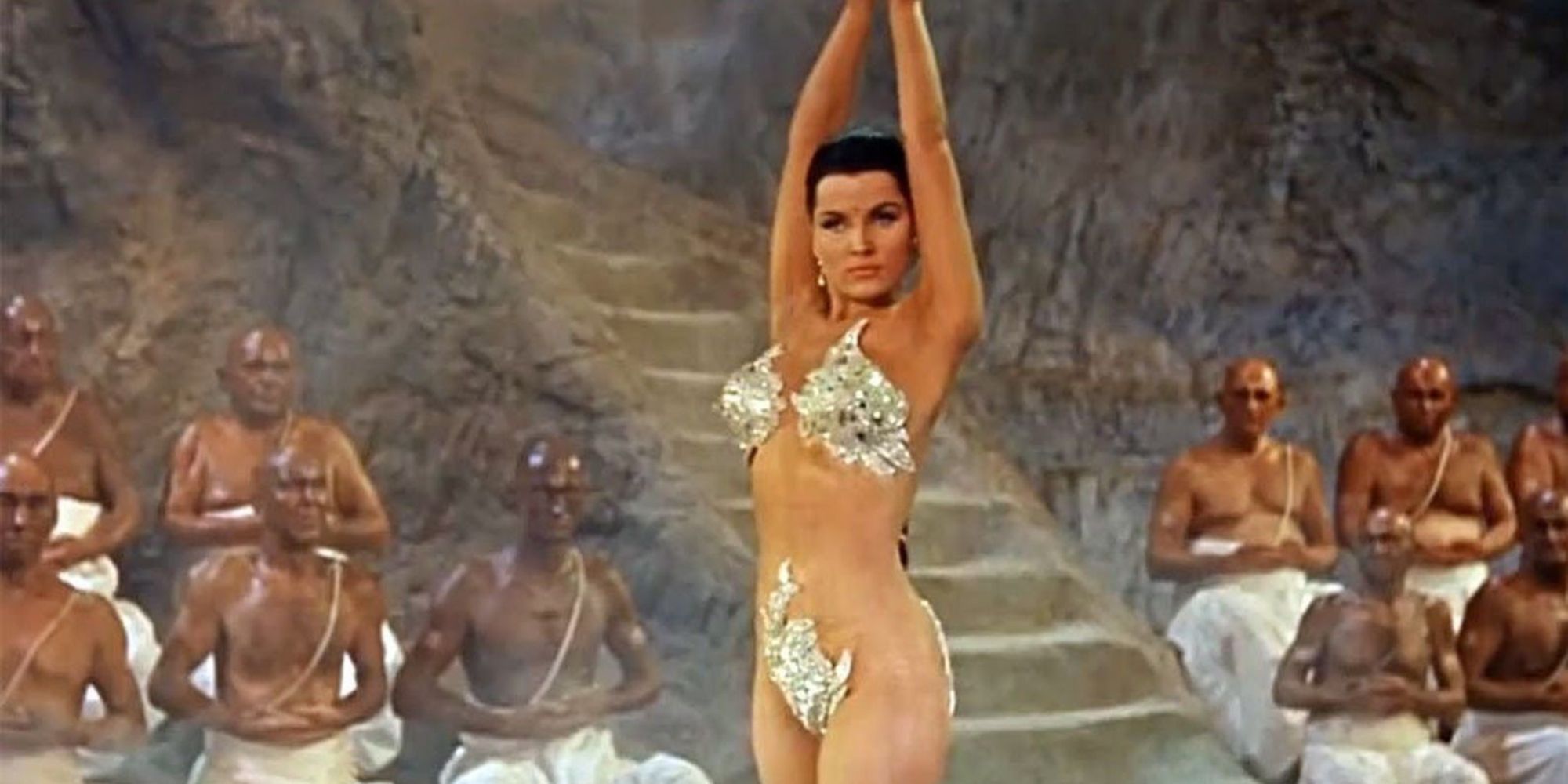
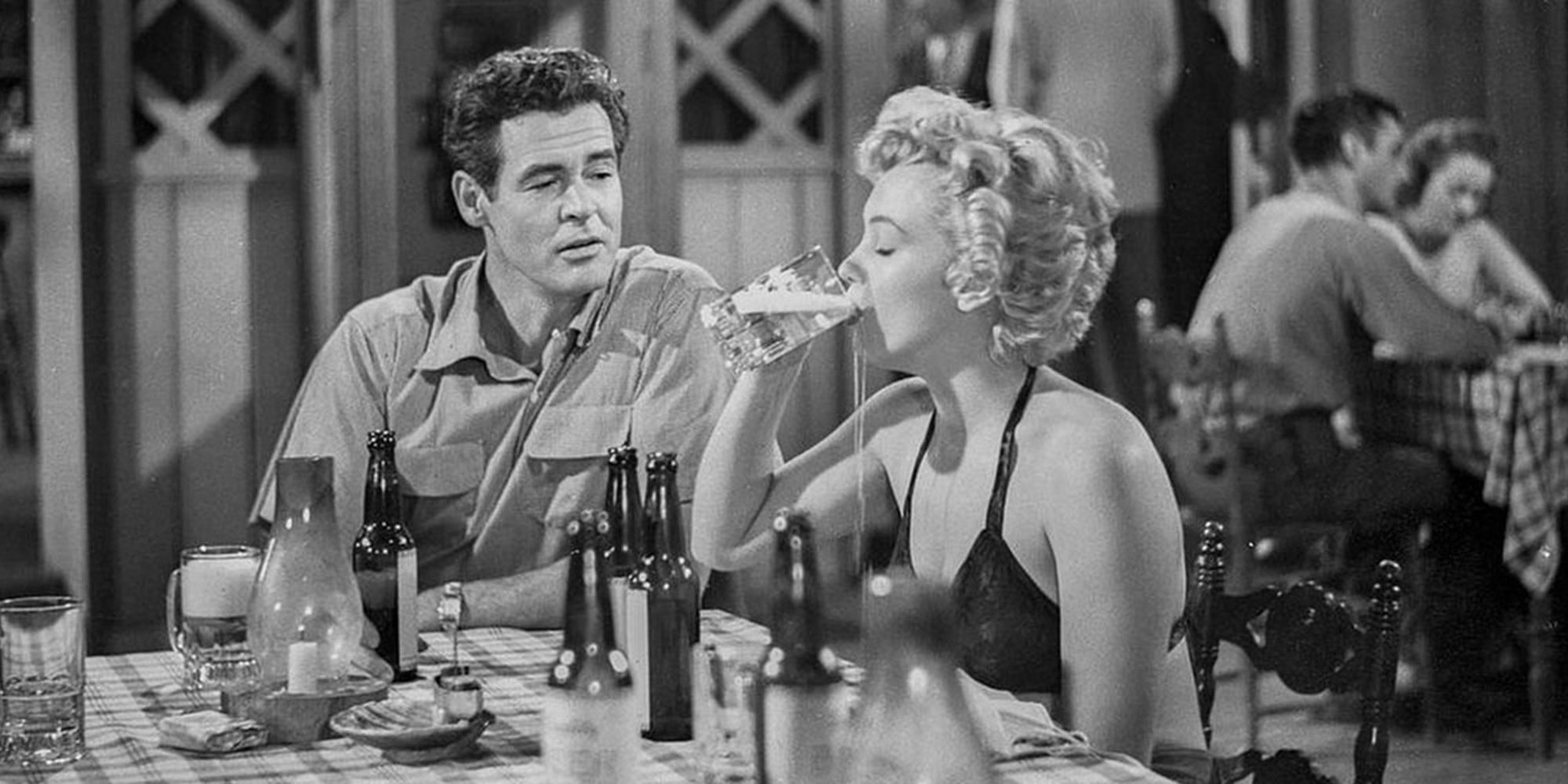
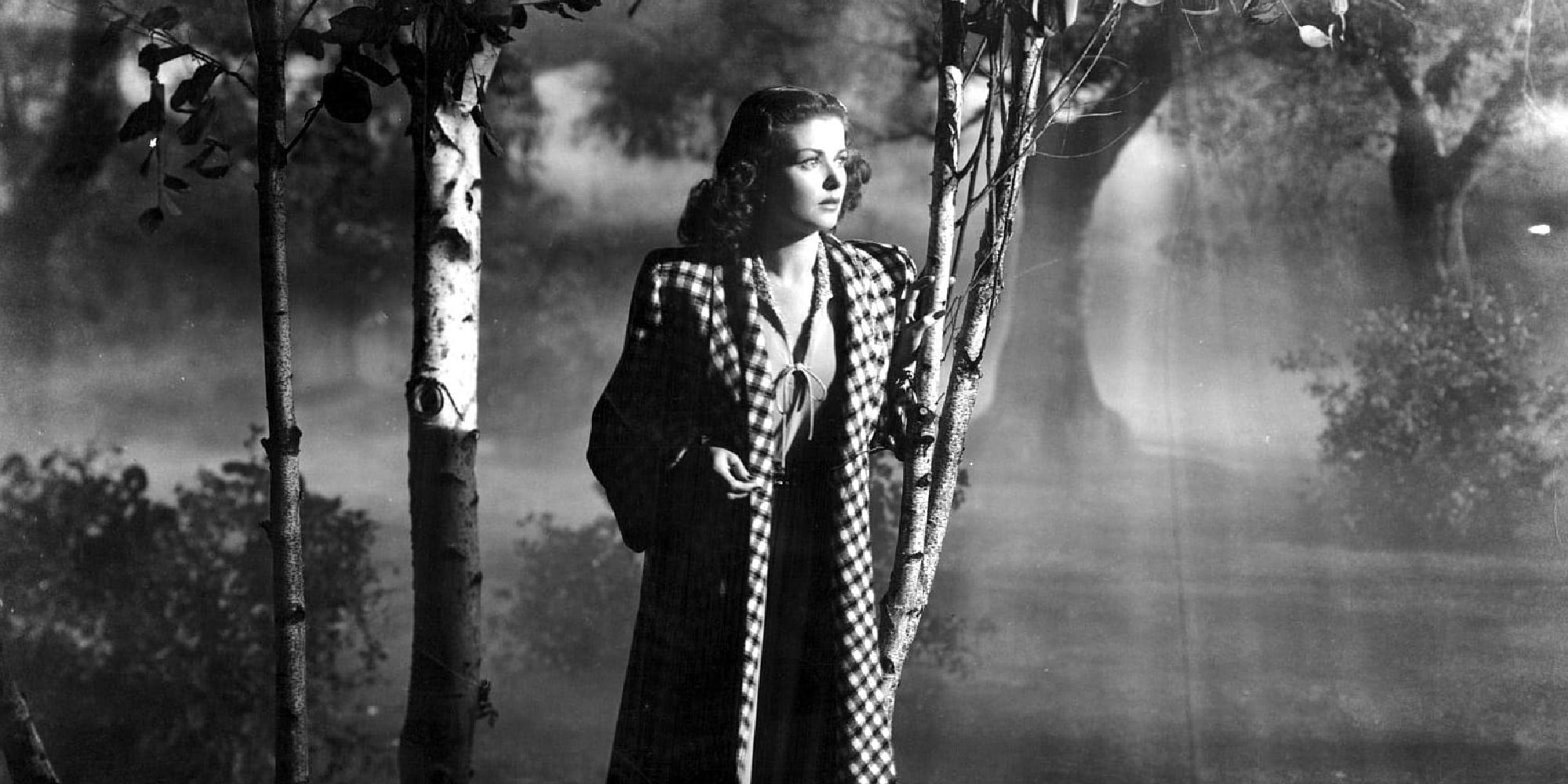
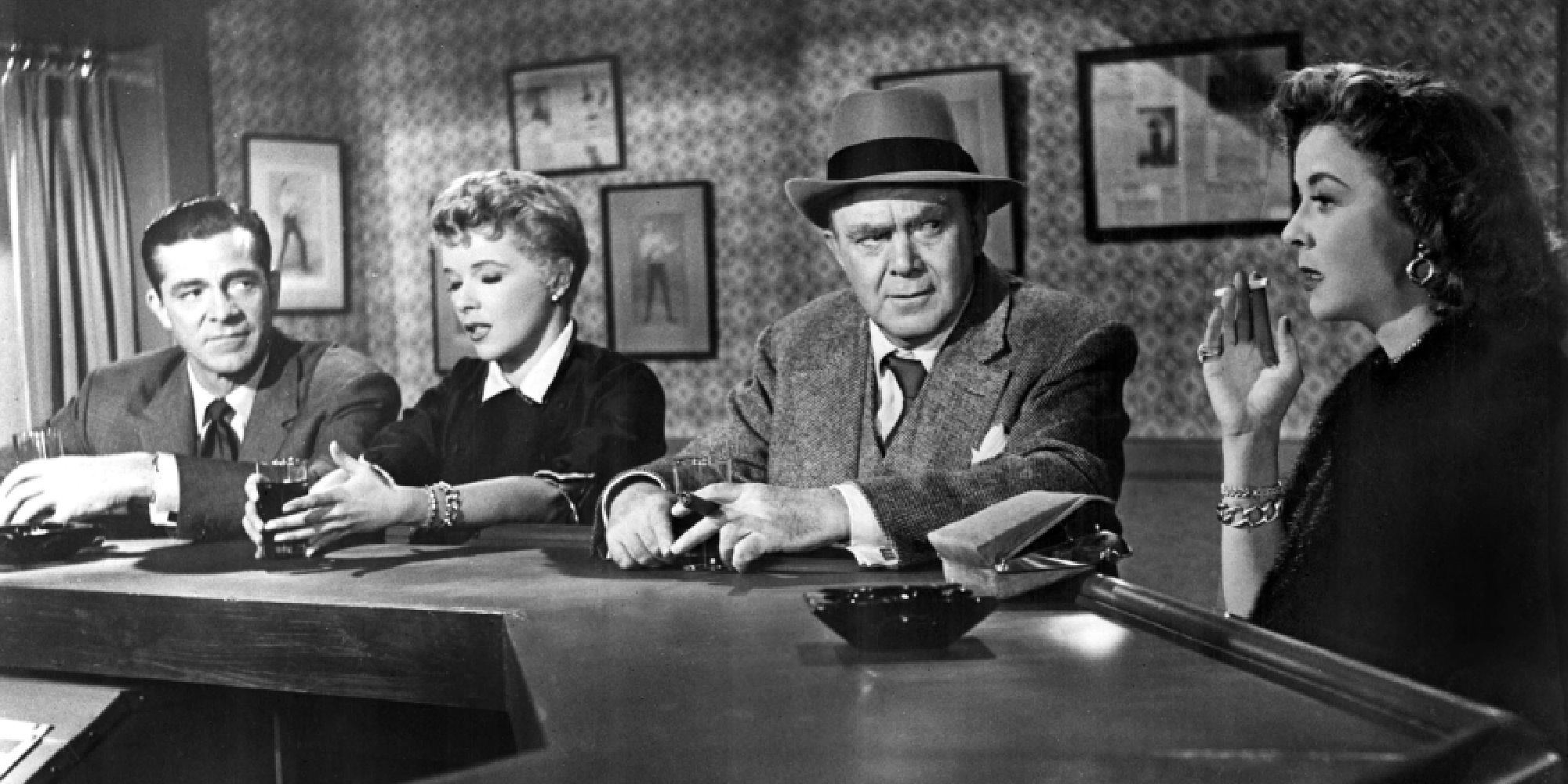
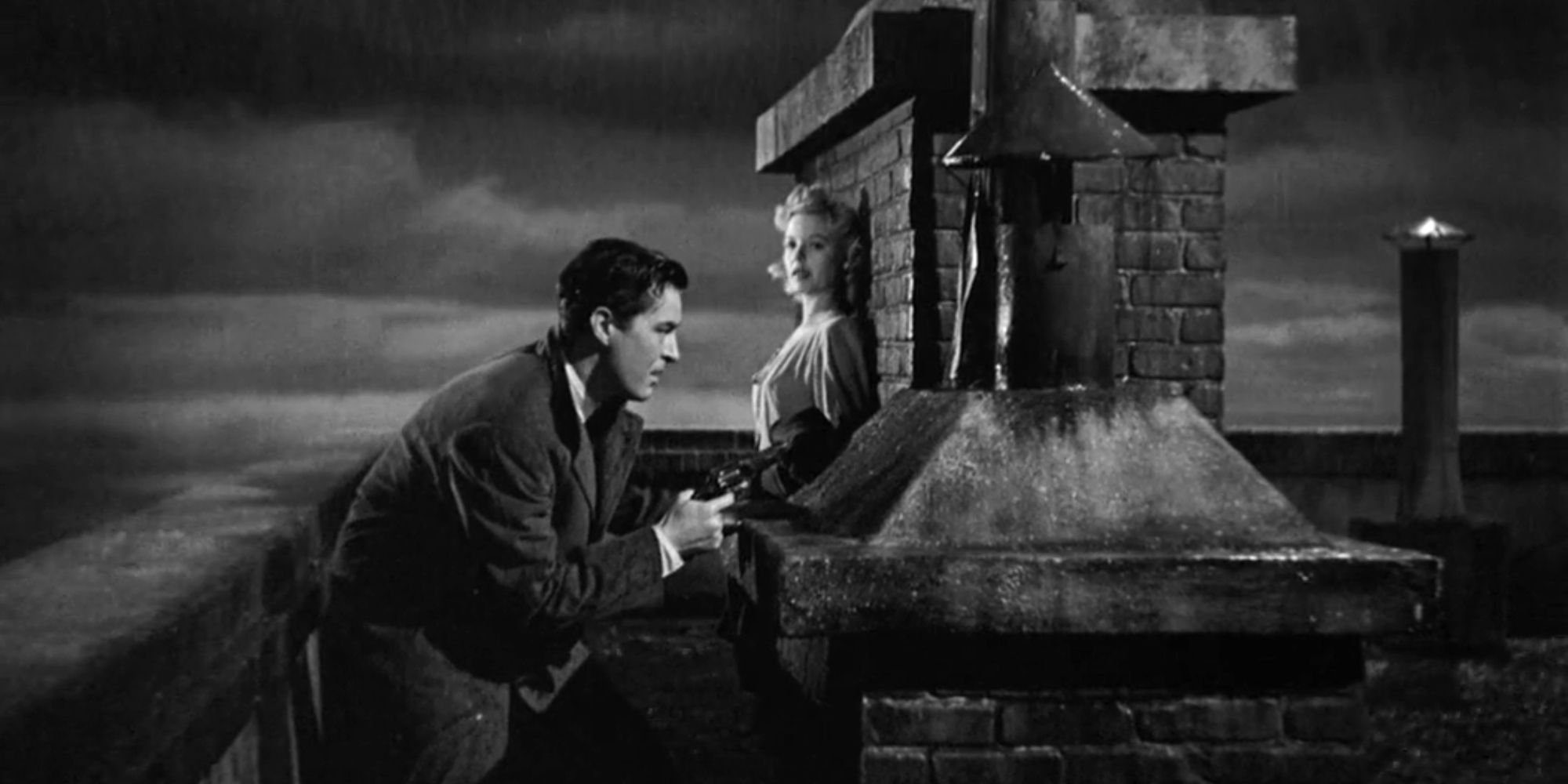
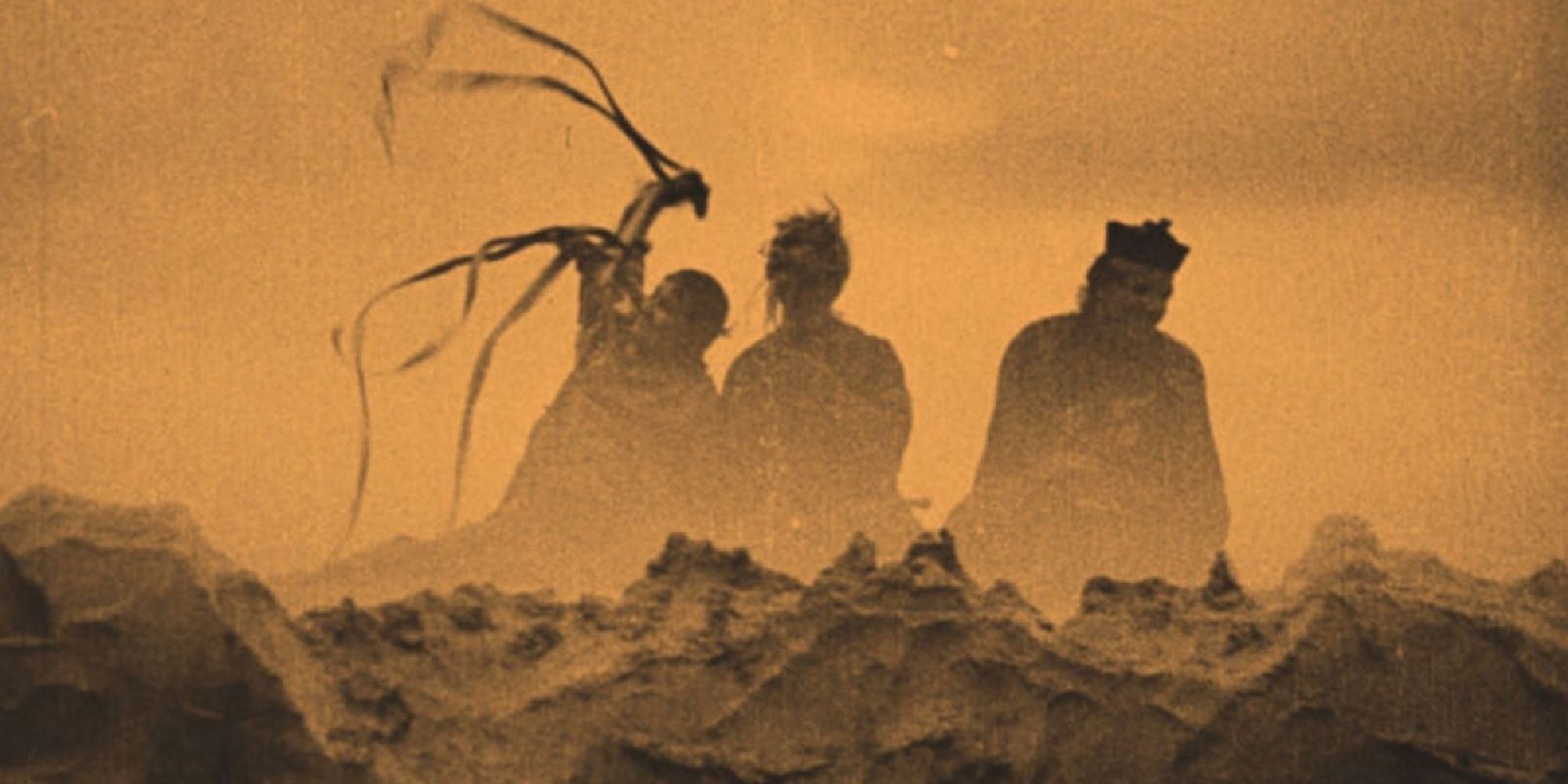
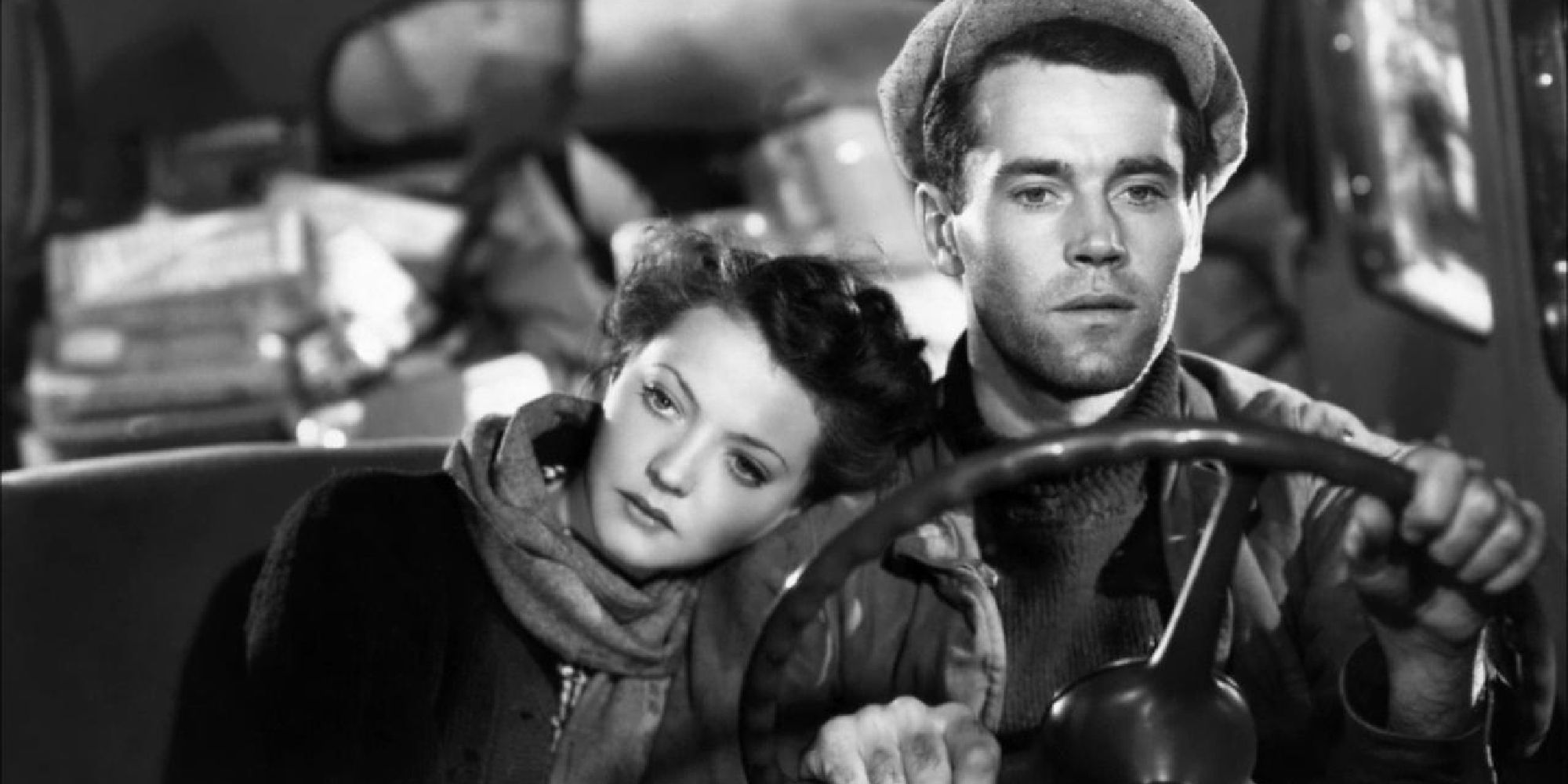
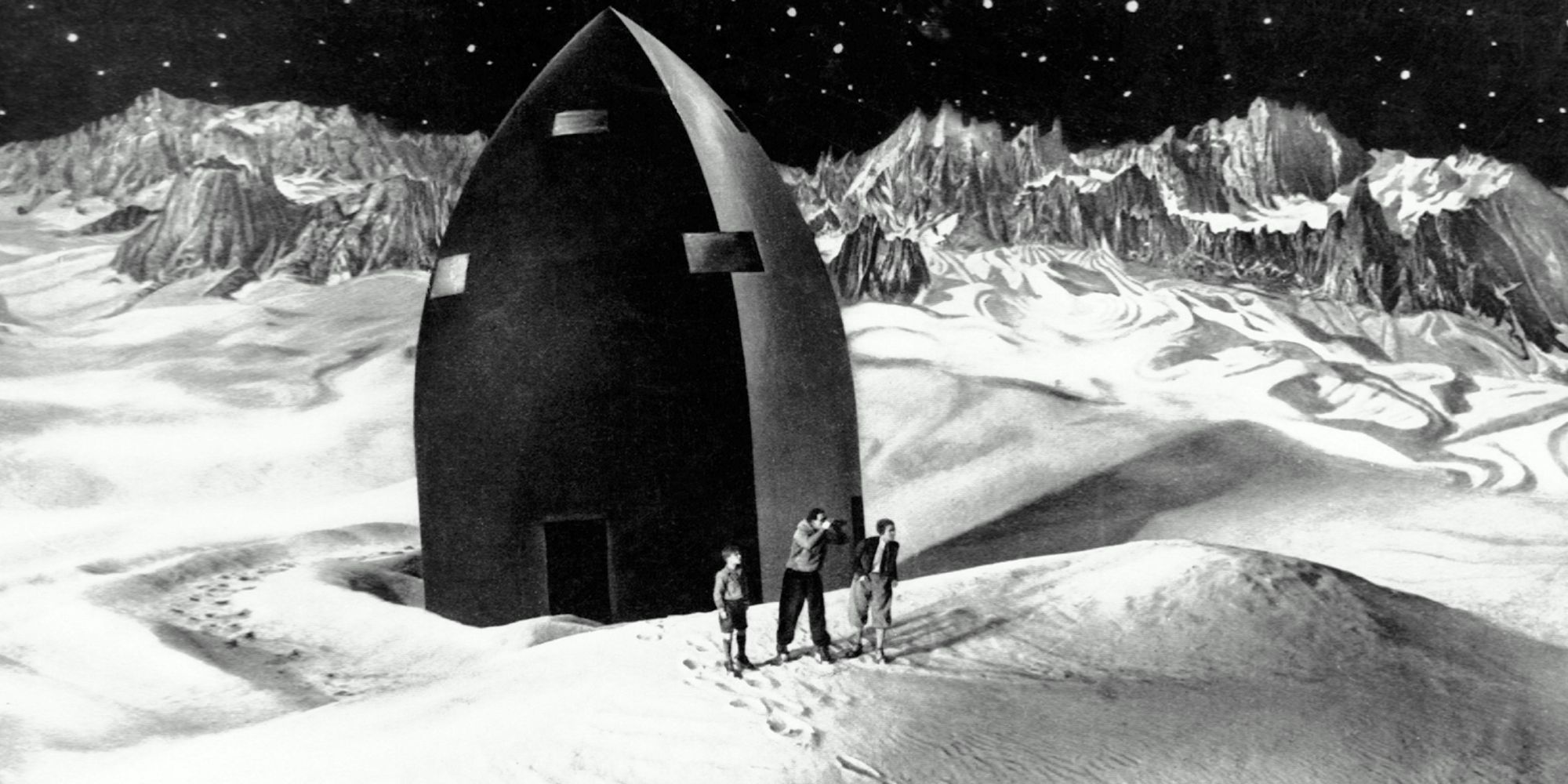
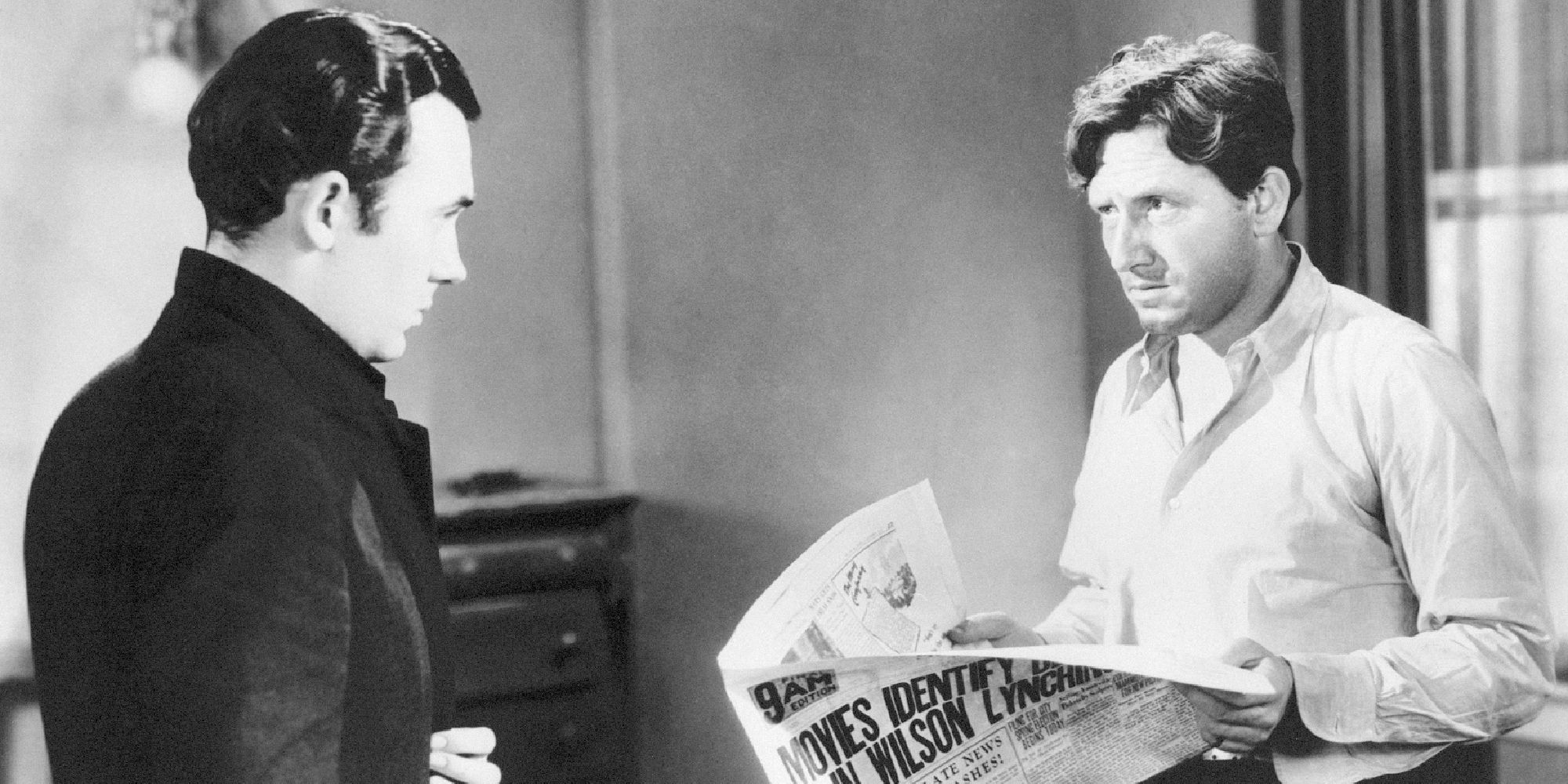
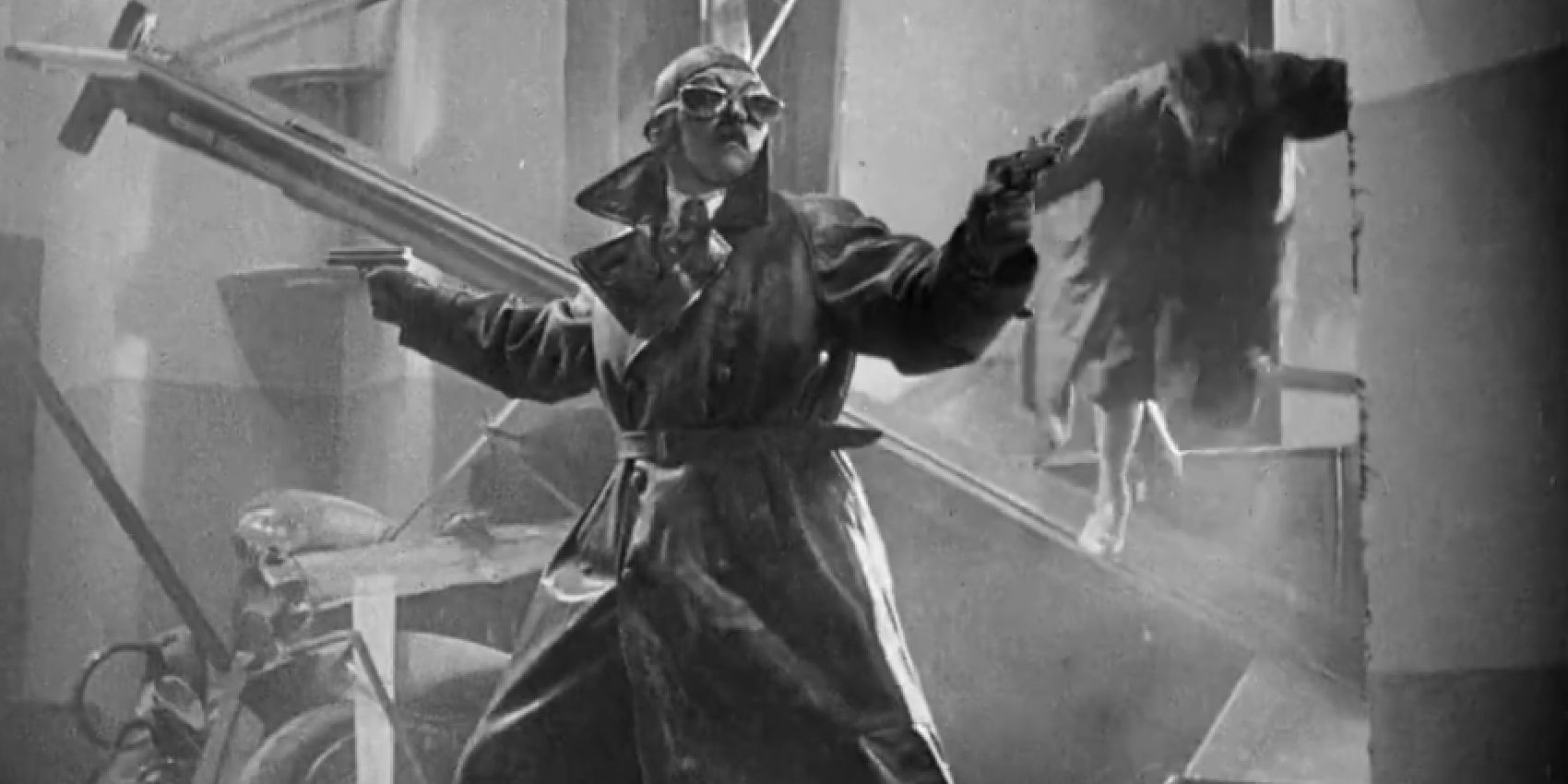
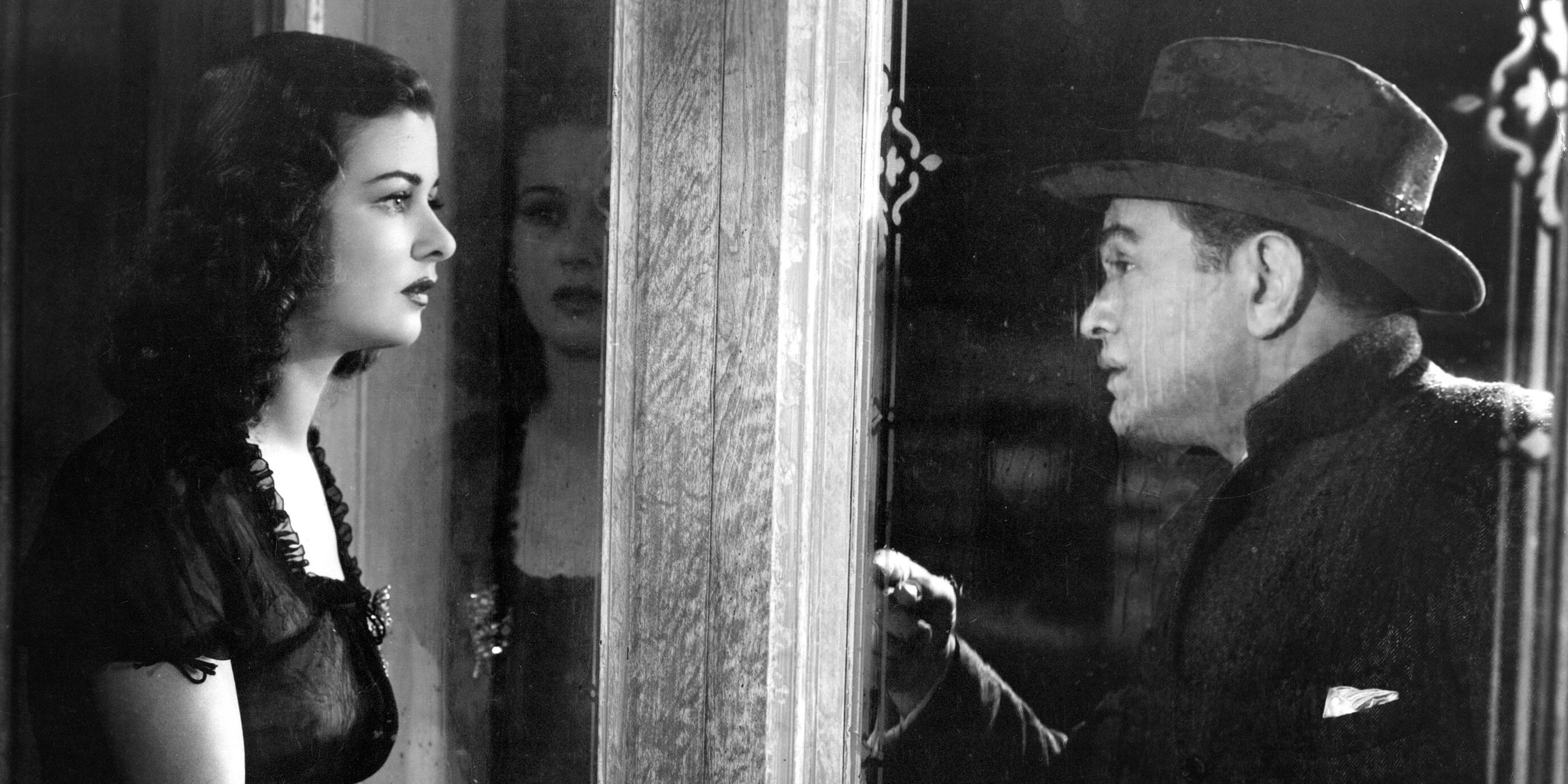
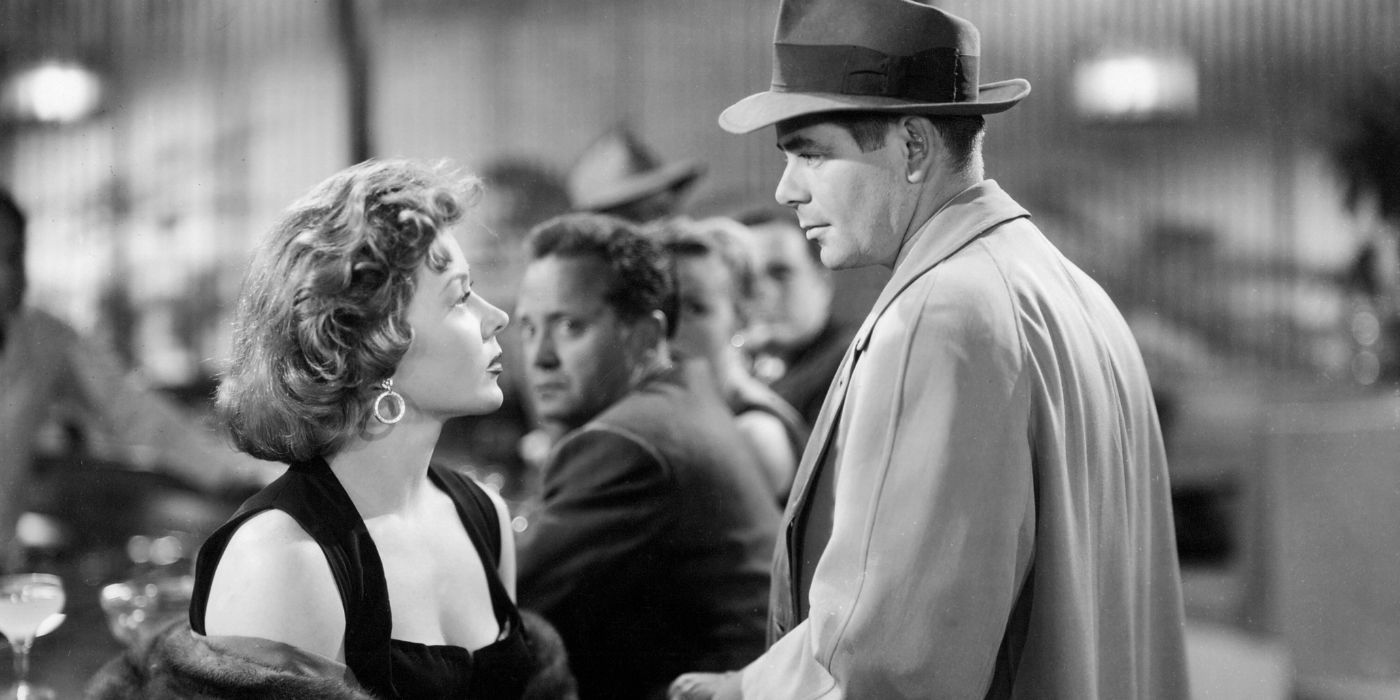
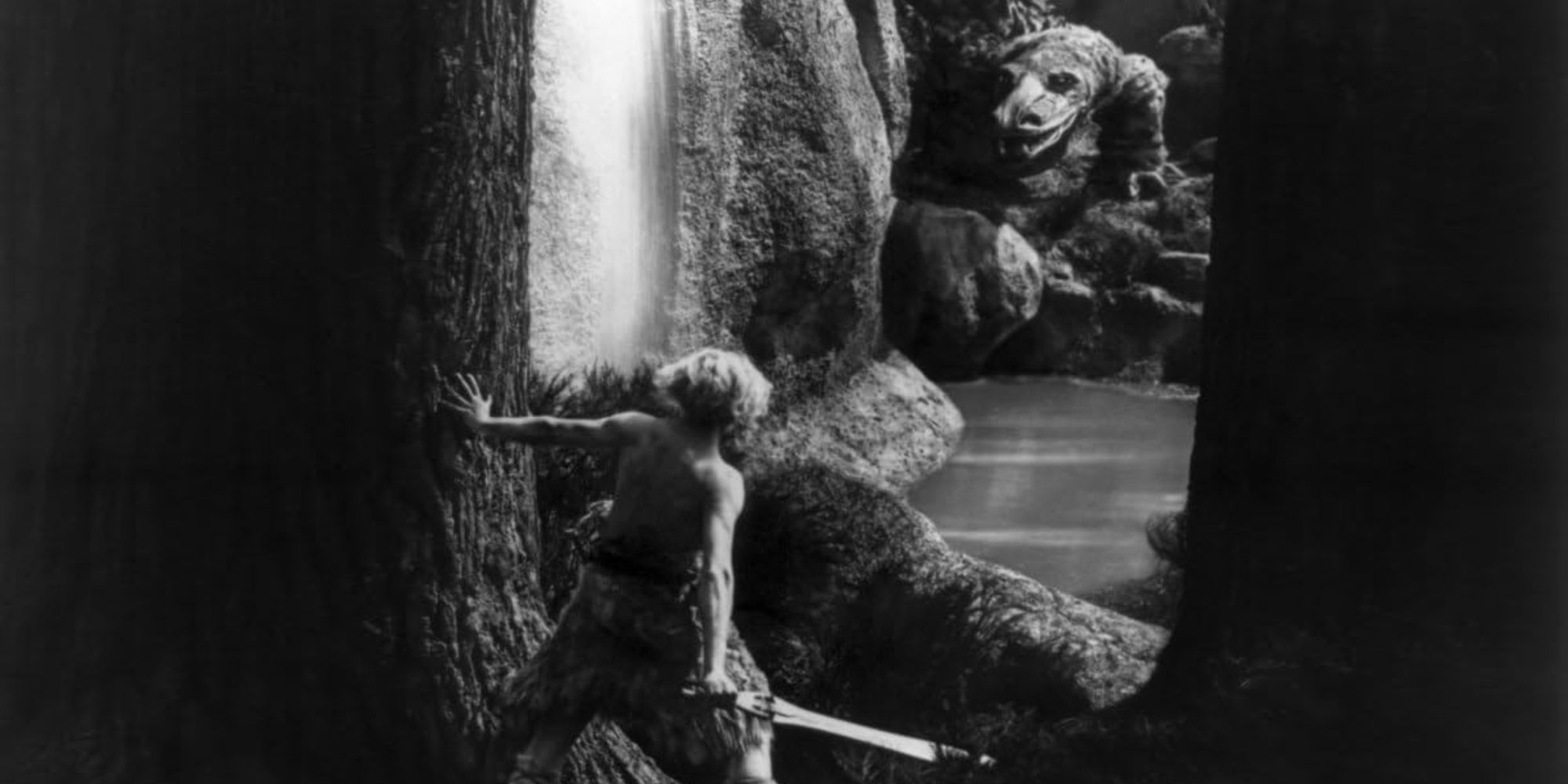
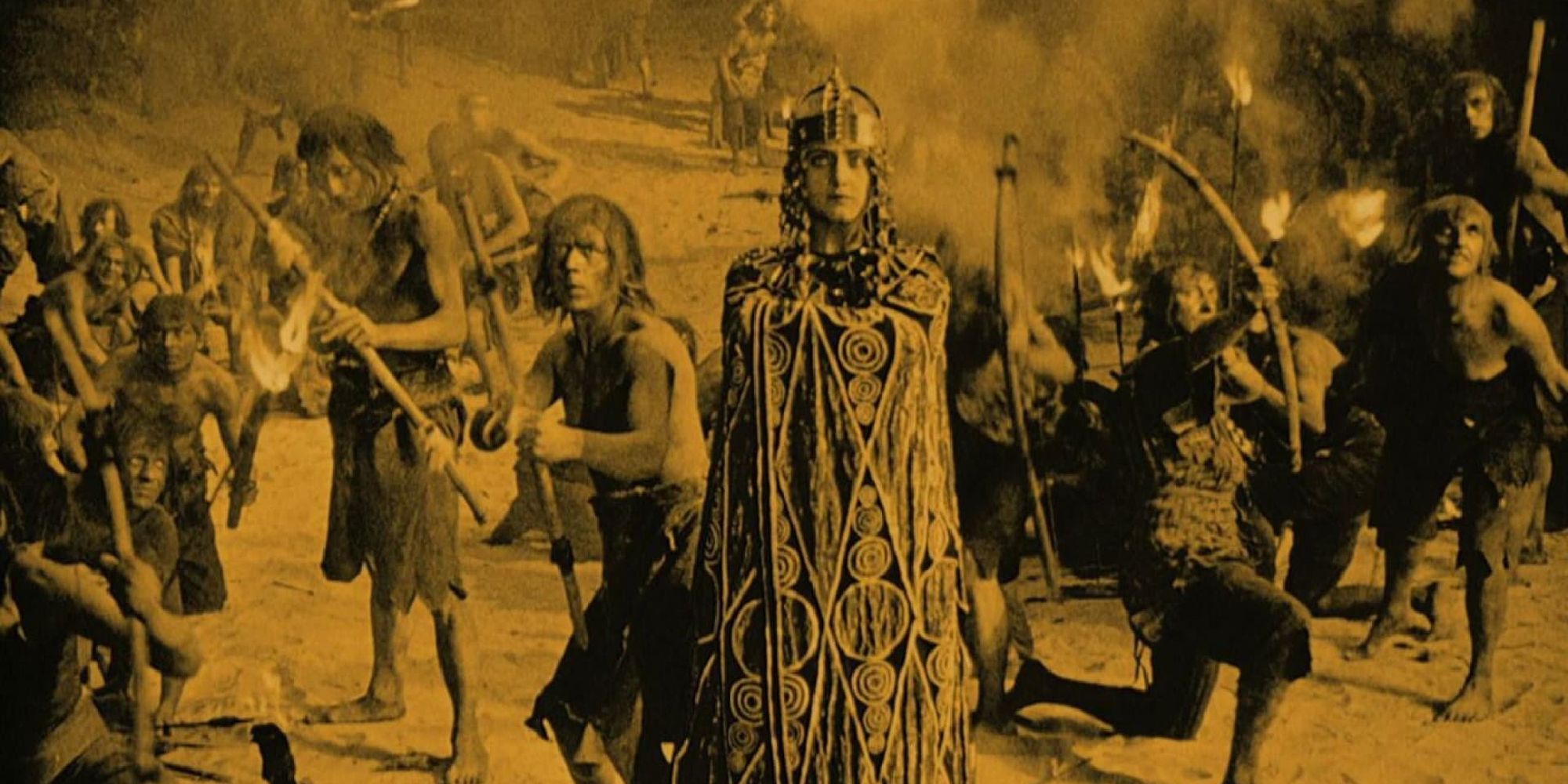
.jpg)
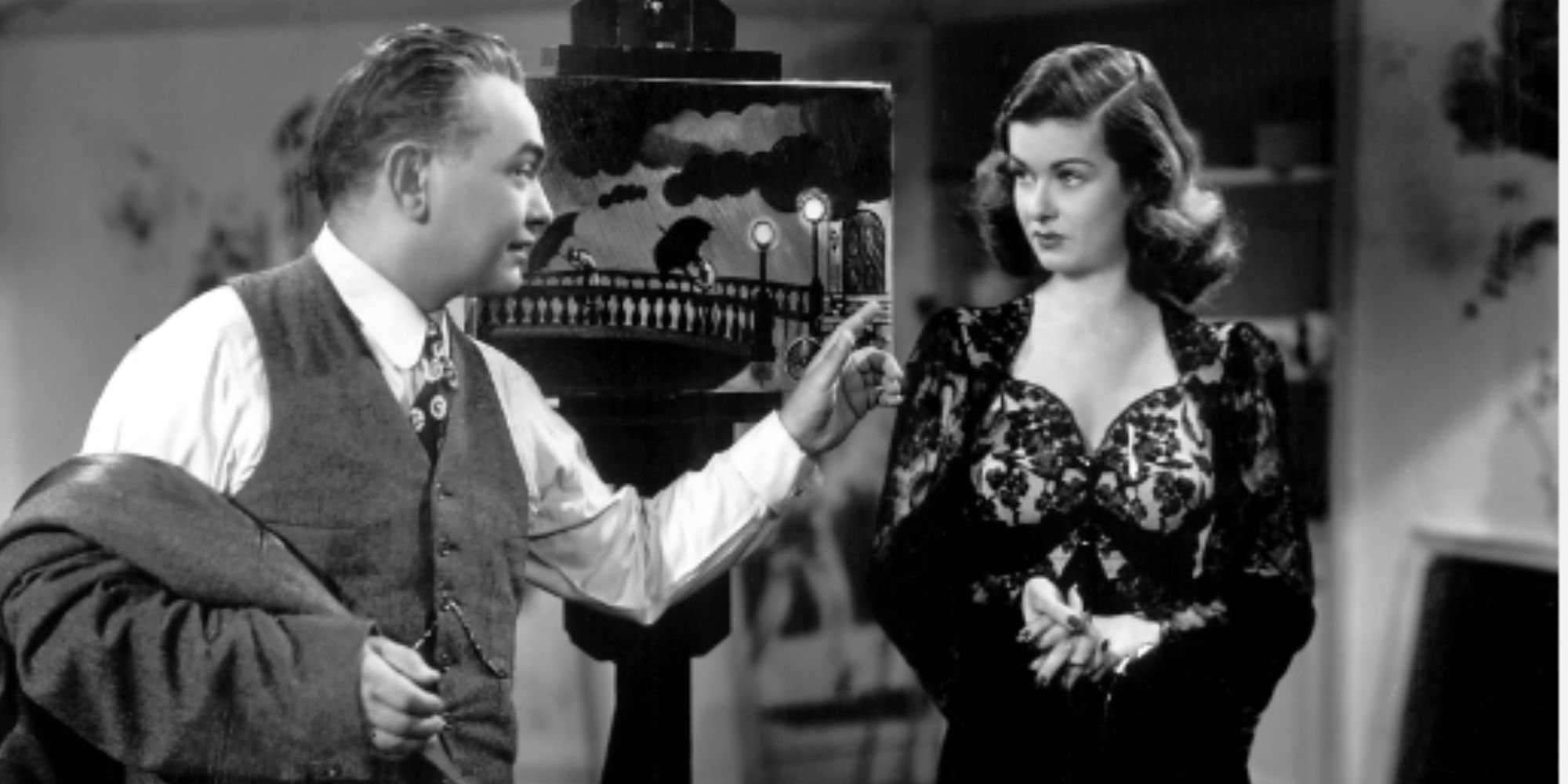
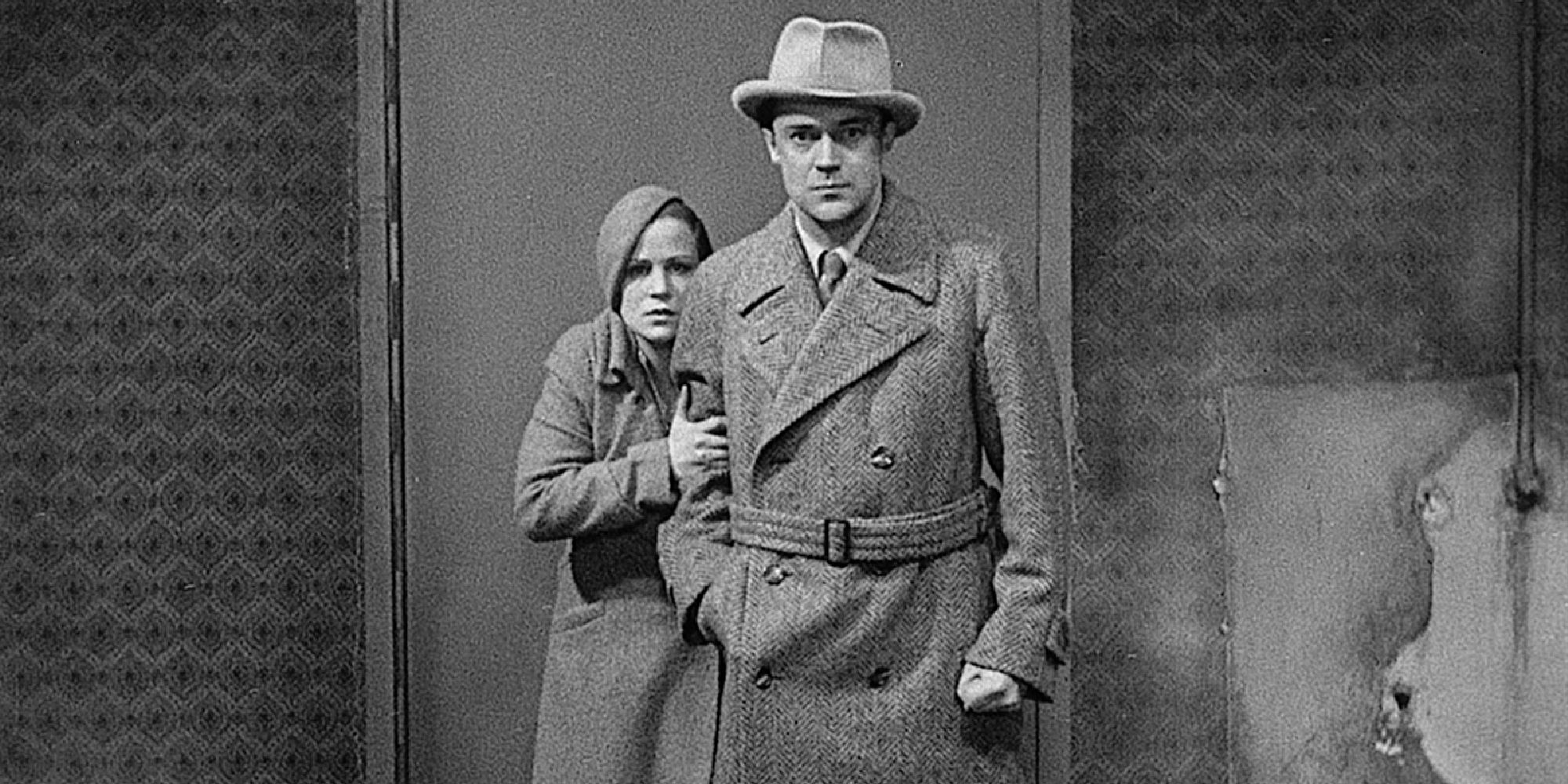
.jpg)
